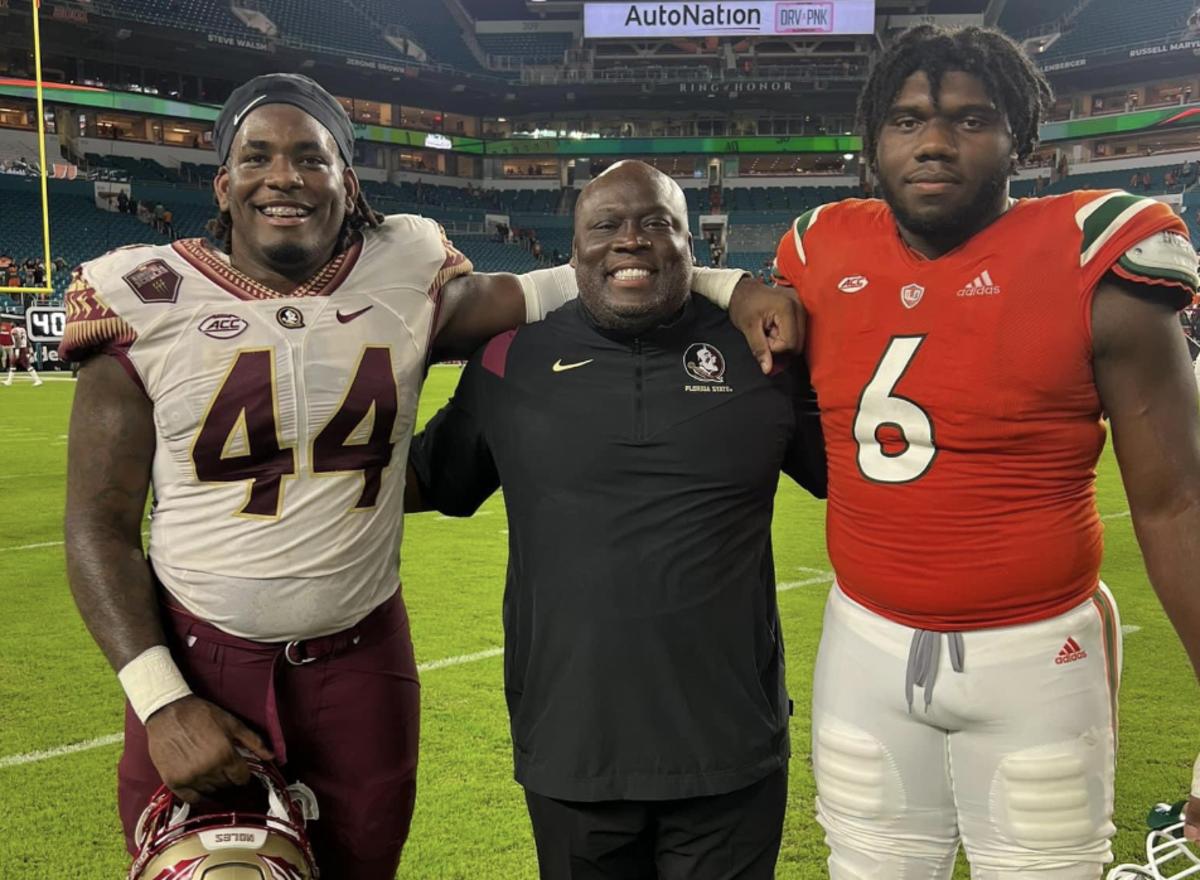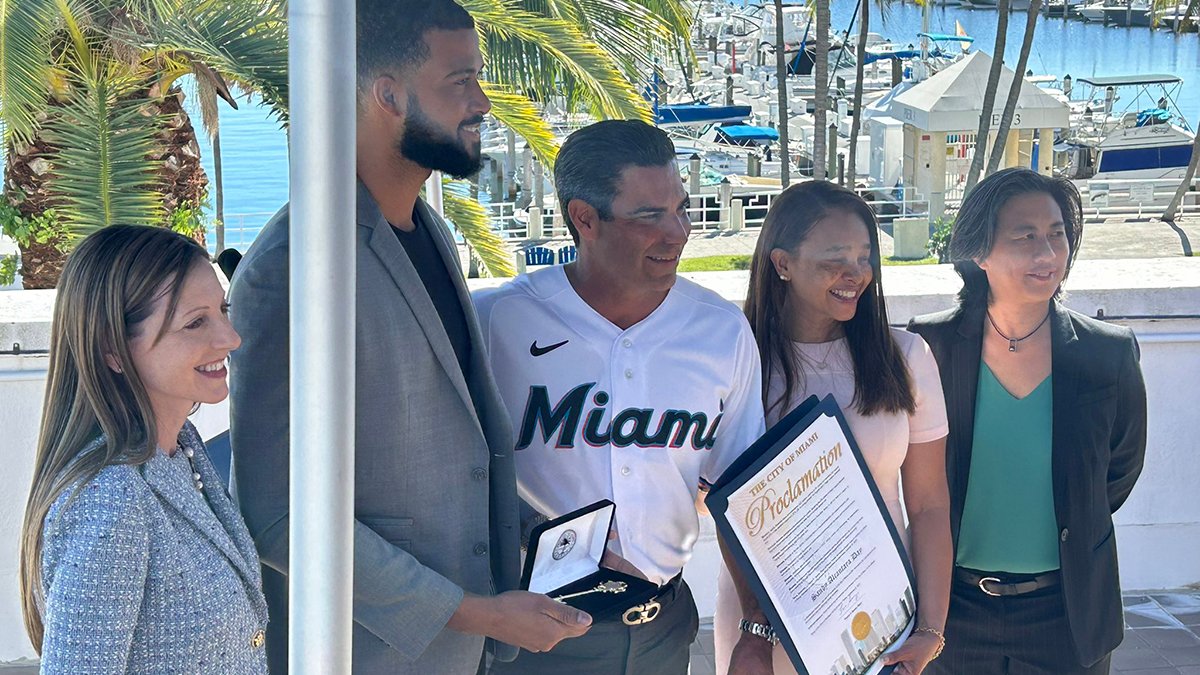Miami Dolphins’ top 10 offseason priorities

My head is pounding. My calculator is drained. My writing this annual column of Ten Simple Steps To Solve The Miami Dolphins isn’t so simple this winter.
In the past, I’d write something snappy like drafting draft Russell Wilson (2012) or Lamar Jackson (2018) or signing Nick Foles (we all have our bad moments).
Now I need aspirin. I need a safehouse considering the tough decisions, too.
Here are the Ten Not-So-Simple Steps to Solve the Dolphins:
1. Keep your draft picks. This needs to be said right here, up top, in neon lights, to stop the recent-years insanity of trading picks for expensive (and good) veterans. The Dolphins are already without third- and fourth-round picks. They already have the least draft capital over a three-year period in league history. This compounds some of the aging and financial problems. And who to take with the first and second picks? Almost anyone who can step in and start from Day One — at cornerback, guard, tackle, tight end, third receiver. Wherever. This team needs good, young, inexpensive help desperately.
2. Re-do deals to save money. The Dolphins’ four most expensive contracts explain their trouble. Tyreek Hill and Jalen Ramsey are 30 next season. Xavien Howard is 31. Bradley Chubb is 28 with a growing injury history. Using the accounting work of overthecap.com, the idea is to save $12 million off the cap by re-doing and extending Hill’s deal from a $31 million cap hit to $19 million. You can similarly save $18 million from Ramsey and $15 million from Chubb. But to understand the financial plank this franchise is on, consider these contracts in three years as they grow older (and more injured).
3. Release re-do/release cornerback Howard and tackle Terron Armstead. General manager Chris Grier has been Mr. Nice Guy in throwing money around the past four years. Can he be tough? This team will be $40 million over the salary cap. Friday’s increased cap total brought that down from more than $50 million, but the Dolphins need to do a lot of business this offseason. The easiest decision was to release little-used Emmanuel Ogbah, which saves $13.8 million. Now the Dolphins need to offer Howard half his $25.5 million or save $18.7 million in a designated post-June release. Ditto for Armstead, 33, who barring medical miracles won’t practice again and can’t be counted on from week to week. To this end: Double tackle Kendall Lamm’s $1.3 million salary to keep him.
4. Don’t extend Tua Tagovailoa to a mega-quarterback deal and get him competition. He’s good. Can he be great? He’s made nice steps the past two years. Is another in him? The NFL’s models to win big are a great, expensive quarterback or a cheaper, good quarterback. Which one is Tagovailoa? And spare the talk of a “controversy” or “hurt feelings.” These are all big boys. Ask this: What team would pay him $50 million for a mega-deal now?
5. The Christian Wilkins Mess. He’s everything you want. Homegrown. Talented. Hard-working. And smart? He bet on himself last year when the team didn’t see it. The Dolphins could franchise-tag Wilkins for $20.9 million and keep him for a year, considering the window to win is now. New defensive coordinator Anthony Weaver coached seven defensive linemen at Baltimore last year whose total cost was $18.4 million. That team made the AFC Championship Game. That’s how smart teams can afford an expensive quarterback. The Dolphins? If you transition-tag Wilkins in hopes of matching any offer, a smart team would front-load a deal to box you out. Bottom-line: You’d clear space to sign Wilkins in a normal winter. But nothing about this is normal so franchise-tag him and lose him to free agency next year.
6. Guard Rob Hunt or center Connor Williams? Hunt is a great player and great personality. When Williams got hurt last year, your line was in trouble because Liam Eichenberg had never played center. You can’t keep everyone, so Hunt walks and Williams returns.
7. Find a third receiver. CeeDee Lamb led the league with 181 targets last year, and Dallas was criticized for having a one-receiver team. Tyreek Hill had 171 this year. He has a combined 341 targets the past two years, to finish only behind Las Vegas’ Davante Adams. Sure, Hill is the team’s best player but he’s 30, and it’s time to lessen the burden on him in hopes he can be healthy for the first time in December and January. Jaylen Waddle helps, of course (221 targets the past two years). But you need a third receiver to trust, and a deep wide receiver class in the draft is the place to get it. Or …
8. Find a tight end — and a role for one. The Dolphins were the only team without a touchdown from a tight end last year. Durham Smyth ranked 39th in tight-end receptions. Does coach Mike McDaniel want to go position-less receivers without a tight end (he needs more receivers)? Does he want to use six offensive linemen? Or is this a product of needing a tight end? A limited free agency probably isn’t the answer. But the draft is deep with mid-round tight ends. The larger point: Tagovailoa could use a tight end for a good, big target at times.
9. Make sure young players like cornerback Cam Smith are working — like now. Go make sure. We’ll pause the column. All the defensive injuries at the end of last season were exaggerated by the last top draft picks in third-rounder Channing Tindall and Smith not stepping on the field. Vic Fangio might have done Smith a career blessing by demanding he “improve in all areas — assignment, technique, execution, know-how.” That should be motivational fuel for him to work.
10. Re-sign edge rusher Andrew Van Ginkle if he hasn’t priced himself out. Next season probably starts with both Dolphins edge rushers Jaelan Phillips and Cubb on the mend. So they need to find someone here at the right cost. Van Ginkel? Maybe.
11. Solve the special teams. This should be higher. Right down to a season-tilting Buffalo punt return, it was something most every game. The Dolphins ranked 31st in Rick Gosselin’s annual special-teams calculations. That’s even with Braxton Berrios finishing 11th in kickoff returns and 13th in punt returns. Jake Bailey was 30th in punting with a 45.7-yard average (though the more relevant stat is finishing 24th in net punting yardage). Kickoff coverage allowed a league-worst 30.5 yards per kickoff, helping opponents the best starting point (26.6-yard line). Was it coaching? A lack of special-teams-specific players? Find the answer.


